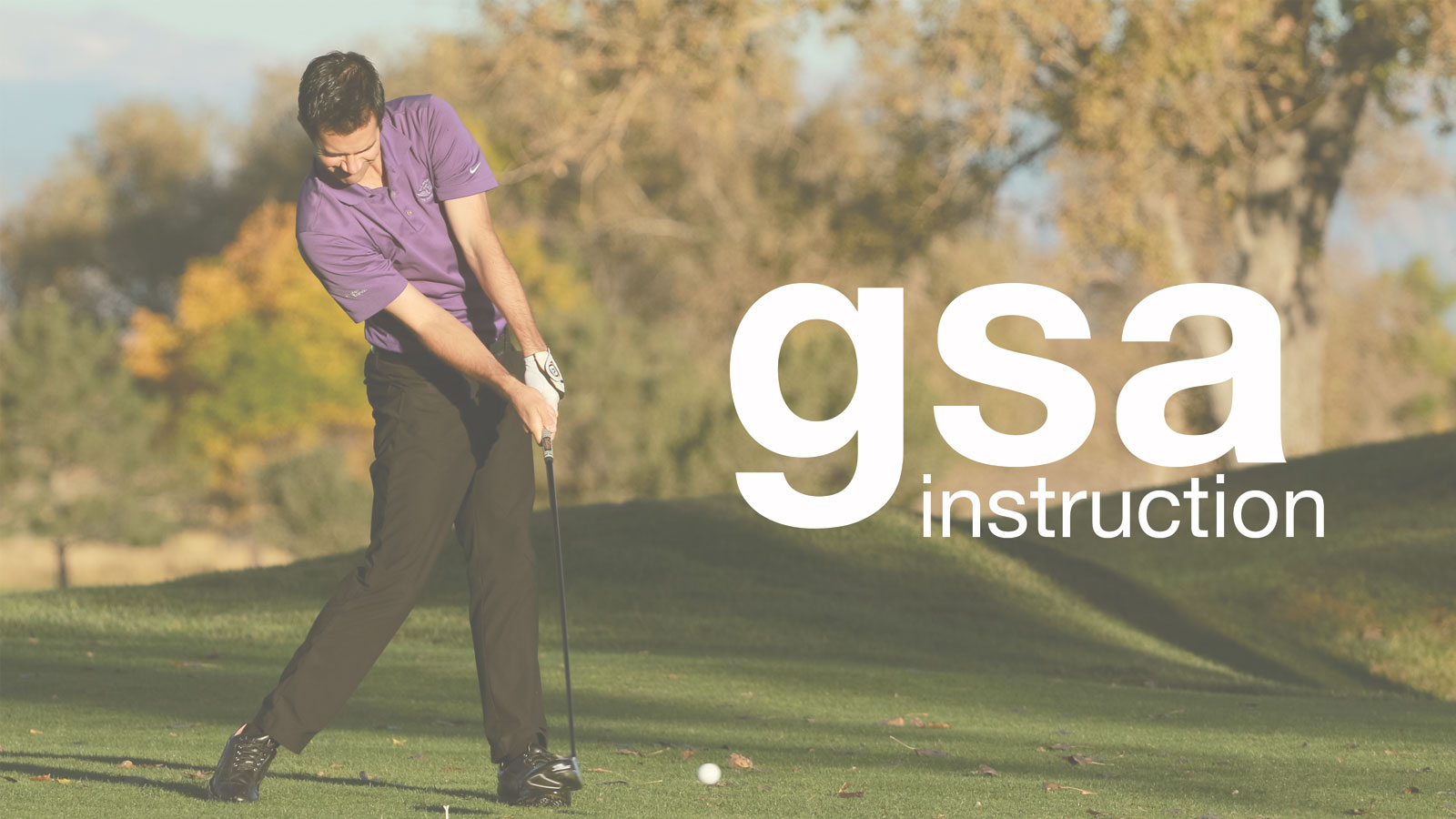Practice Strategies
Subscribe now to watch the full video.
Download "college tests" to see where your game stands right now
Practice plan - college test number 1 PDF
Practice plan - college test number 2 PDF
Playing college golf was a great experience for me. Not only the team atmosphere but getting to see how other aspiring players practiced. The above practice plans were provided by two collegiate coaches at D1 schools, showing what they do with each of their teams. Below is a collective commentary from those coaches of things they try to do each week or practice. You will see that they don't just focus on hitting balls. They challenge it and test it, and spend a lot of time learning to score when their full swing isn't as sharp as it can be.
We practiced on short game, wedge distance control, and putting primarily. In the beginning of the seasons, (fall and spring) we would do testing, starting with the dave pelz short game test (attached). **NOTE: Throughout the year, we would keep statistics and they would come very close to matching their performance on this test.
We would use Trackman to get our wedge distances up to 9 iron
We would frequently have chipping contests. I would let the students pick the holes, the better the player the easier a shot they picked, which was pretty interesting. The worse players put it in the worst spots. I would set a target score, we would go around 2 times, 18 holes, par 2, and the winner would receive golf balls. Last two places had to stay and practice for an extra hour.
Another chipping contest we learned from Mike Small was "5". We would pick a 7 iron, 9 iron, and wedge, and I would select 3 holes. They couldn't finish until 3 consecutive hole were played in 5 shots or less. That means they had to make one and get used to trying to make a shot around the green.
On the putting green, we again had a lot of competition. We would play drawbacks, makes, and so forth.
Games the teams would play
- Makes- play to 5 on a 10 foot putt. Two players, every time you make switch holes and play until 5. The guys loved this. Sometimes we played looking at the hole. NOTE: Dr. Bob Rotella loves this drill
- For drills, we would do a 3-9-30 drill. Make 3 putts from 3 feet, from 9 feet, and then 3 from 30 feet had to be past the hole but inside a putter length all consecutively. On a left to right and a right to left putt.
- Ring of fire - put 8 tees around a hole at 3, 4, 5 feet and you would have to go around 2 times in a row to complete the station.
- The dave pelz lag putting drill, attached, we used a lot during practice.
- We used the TOMI system in the offseason to measure putting strokes.
- We used the Trackman Combine to test their ball striking skills.
- We would play using even/odd clubs.
- We would play and qualify from the red tees.
- We would play where if you hit the green, you had to move the ball off the green in a designated spot to practice our short game.
- As a team, we would play games as well. 4 people per team, each team would have a 3 footer, 5 footer, 9 footer. All 4 people had to make the 3, 5 foot putt and 3 of the 4 from the 9 foot putt.
- We had a lot of 110-140 yard practices. We struggled heavily from that distance as a team so we mainly focused on that for full swing work.
- We used aim point drills during practice where the slope was written on the green and they could practice reading it.
- We used Dr. Farnsworth's "dots" where on a straight putt we drew dots on the green every foot so your eyes got trained to see "straight"
- We had a left to right and right to left putt set up on the Perfect Putting Board every day where people spent 15-30 minutes on it per time.
- We would play outside the cart paths was out of bounds during qualifying.
One coach had a cool idea where he used a season long money list - "where points were awarded for contests won or qualifiers won. For a qualifier, a million dollars was 1st place and so on. There were 4 qualifiers for the whole "season". We would set up wedge contests, full swing contests, putting contests, and a test on a book as part of the sessions."
I don't expect that most of you can dedicate this much time to improving your golf game, but you can organize whatever time you have to spend to focus on your weaknesses in ball striking, and your keys for scoring. Hopefully this list helps you understand the importance of the short game when it comes to scoring your best.
Tags: Practice Strategies, Intermediate



